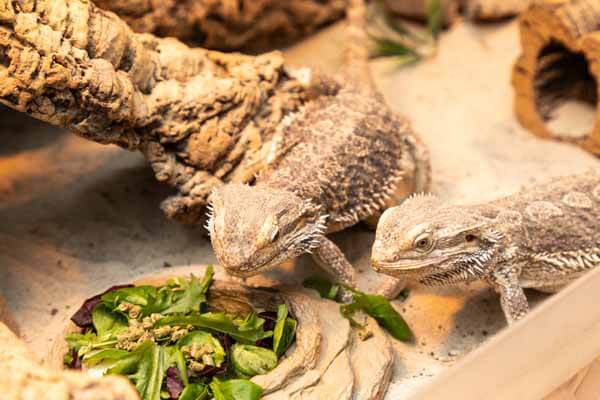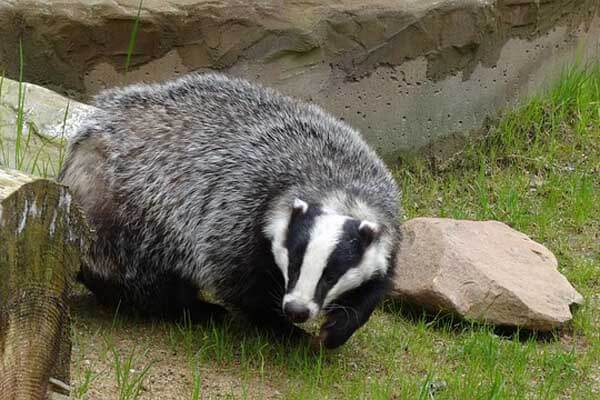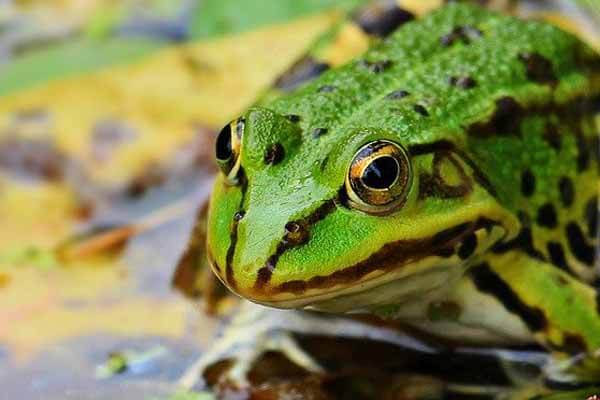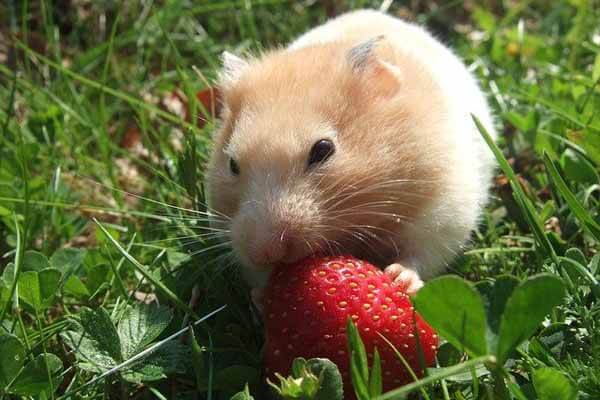All birds from the order Strigiformes, regardless of their size are natural predators.
When it comes to what owls eat in nature, their prey is usually associated with various rodents (mainly mice). Only the owl is most often represented as a feathery predator with a larger prey – hare or roe deer.
In fact, the food of owls is more extensive and diverse than it seems at first sight. Let’s try to understand what an owl eats in nature, and who has the best chance to be among its prey.
Rodents are the main owl delicacy
Owls have long been revered not only because of their mysterious lifestyle but also as the main fighters against pests of field crops – various rodents. In some agricultural regions of some countries, farmers are still trying to attract barn owls and other owls to their fields, so that they could serve as natural crop protectors.
Owls destroy a huge number of rodents. For example, a Barn owl in just 1 night destroys at least 15 mice and rats. Therefore, the role of owls in the conservation of crops and crops is very important.
It is on mice owls that are most often hunted at night. Subtle hearing allows these night birds to easily catch even the almost inaudible mouse squeak.
Owls most often eat their prey entirely, right with their fur. Only the larger carcasses are chopped up, breaking them into separate pieces.
Mice and rats among all owls are most often eaten by owls and Barn owls, which are usually settled near people’s homes and in the vicinity of fields, where they can find the desired prey in abundance. Also, mice and voles are usually hunted by orcas – some of the most gluttonous owls, which in large numbers destroy rodents, although they do not bother to hunt different birds.
Different rodents form the basis of the diet for ear-eared and hawkish owls. These birds hunt both mice and rats.
Eared owls have different rodents up to 85-90% of their diet. Barn owls eat not only all kinds of rodents, but also frogs and bats.
Curious fact! For the fact that owls kill a lot of mice, these birds are also called “feathered cats”.
Insects are the main food of the owls
Although the owls, like all their congeners, can hunt mice, but still most species of these owls, the main prey is different insects. Most often, the main object of their hunting is large beetles, flying into the light of lanterns at night. Owls have even learned to choose the places where the chances of catching such food without much difficulty are highest.
Small prey is the basis of the diet of small owls
The smaller the species of owls, the finer the food its representatives eat. The diet of many small species of owls includes not only insects, but also worms, and even snails.
The smallest elf owls can even feed on fly larvae and moths. These miniature owls are also hunted by dangerous scorpions, whose poisonous sting they carefully remove before eating their prey.
Unlike most owls, which hunt in flight, owls do not bend to arrange long land promenades, looking out for potential food under their feet while walking. If they manage to notice some ground beetle or worm, the owls can even make a run on the ground for their prey.
Short-eared Owls can catch small fish, small snakes, and lizards, as well as various small rodents and insects. Many small representatives of owls also hunt frogs. In particular, small amphibians and lizards, as well as various insects are the main food of small owls – Eurasian scops owl.
The big game is the main food of big owls
The largest owls have the most extensive diet, as their prey can be as small mice, rats, and voles, as well as more spacious different animals. At the top of the food chain in the forest expanses are fillets. Their prey can be almost any fairly large forest animal.
Owls can hunt hares, foxes, roes. Their prey is even hedgehogs, who are not rescued from these formidable birds of prey and thorns. Owls just swallow such food without even choking.
It is known that these large representatives of owls attack the beasts, which are several times larger than them. Fish owls eat mostly fish, for which they received their species name.
Large predators from the owl family also include oysters and polar owls. The latter are little inferior to the owls, except that they have a narrower range.
Rough tundra conditions, in which live Snowy Owls, do not allow them to be particularly capricious in terms of nutrition. These birds hunt lemmings, which are the basis of their diet, as well as hares, ermines, and even foxes.
Interesting fact! Nutrition and breeding of owls are interconnected. If prey is small, many species of owls lay only a couple of eggs. Polar owls may not even breed at all, if the year was for them hungry.
Owls do not spare other birds, including their own congeners
Almost any species of owl can attack smaller birds, including even their own congeners. For example, smaller owls (marsh, hawk), as well as owls and owls can become prey to eagles and oysters. The latter can easily attack large ducks, pheasants, and grouse, as well as any small birds who risked to be close to them.
Polar Owl may hunt partridges and white geese. True, there is one nuance. If the colonies of White geese settle near the nest of this bird, it does not attack them, for which it acquired the nickname “goose guide”.
Despite its small size, the owls and owls do not bend to eat other, smaller birds. The sparrow owl is almost the same size as an ordinary sparrow, but the latter can easily be its prey. It is also typical for owls to create “storerooms” – places to store their prey in case the hunt does not work.
Small birds and various rodents are usually eaten by the bearded oyster. Most often, to hunt birds are attacked by hawk owls. Their diet includes grouse and partridge, as well as smaller birds.








